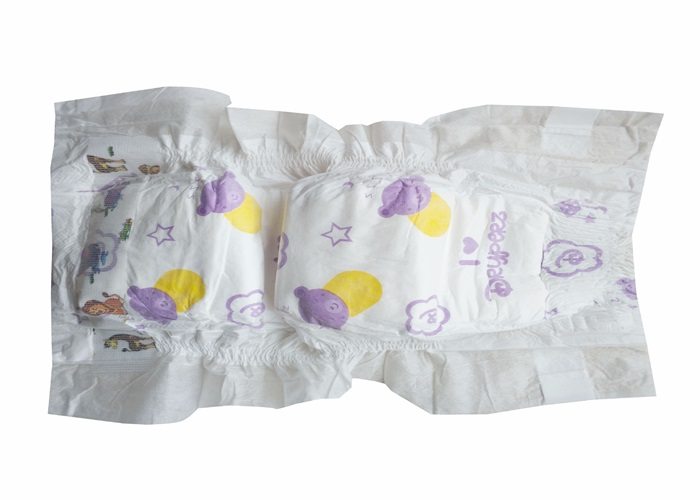Absorbency and Leakage Protection
Diapers: Diapers are designed with a high level of absorbency in mind. They typically have multiple layers of absorbent material that can quickly lock away moisture, keeping the surface dry. For example, many disposable diapers used for infants and adults with incontinence issues can hold a large volume of urine without leaking. The elasticized waistbands and leg cuffs also help to contain the liquid and prevent leakage, providing reliable protection even during movement and sleep.
Pads: Pads, on the other hand, are mainly used for menstrual periods or light incontinence. Their absorbency levels can vary, but they generally have a thinner design compared to diapers. While they are effective at absorbing a certain amount of fluid, they may not offer the same level of leakage protection as diapers, especially when dealing with heavy flows or large amounts of urine.
Comfort and Fit
Diapers: Diapers are designed to provide a snug and comfortable fit. They are often made with soft, breathable materials that are gentle on the skin. The elasticized parts ensure that the diaper stays in place without causing discomfort or restricting movement. In the case of baby diapers, they are designed to allow for natural leg movement and crawling. For adults with incontinence, there are also adult diapers available in different sizes and styles to ensure a comfortable fit for various body shapes.
Pads: Pads usually come in different sizes and thicknesses. They are typically attached to underwear using adhesive strips, which can sometimes cause the pad to shift or bunch up, leading to discomfort. The fit of a pad may also depend on the type of underwear worn. If the underwear is too loose or tight, it can affect the pad’s performance and comfort.
Disposable vs. Reusable
Diapers: Disposable diapers are convenient as they can be thrown away after use, saving time and effort in cleaning. However, they have a significant environmental impact due to the large amount of waste they generate. Reusable diapers, on the other hand, are more environmentally friendly but require more maintenance. They need to be washed and dried after each use, which can be time-consuming.
Pads: Disposable pads are widely used due to their convenience. They are easy to carry and dispose of, making them a popular choice for many women. Reusable pads are also available, which are made of washable fabric and can be used multiple times. They are a more sustainable option but may require more care in cleaning and storage.
Cost
Diapers: The cost of diapers can add up, especially if they are used regularly. Disposable diapers can be relatively expensive, especially high-quality ones with advanced features. Reusable diapers, although they have a higher initial cost, can be more cost-effective in the long run as they can be used multiple times.
Pads: Pads are generally less expensive than diapers. The cost can vary depending on the brand, quality, and quantity purchased. However, over time, the cost of buying disposable pads can also accumulate.
Usage Scenarios
Diapers: Diapers are mainly used for infants, toddlers who are not yet potty-trained, and adults with incontinence problems. They provide full coverage and are suitable for situations where there is a need for long-term wear and protection, such as during sleep or when out and about for extended periods.
Pads: Pads are primarily used for menstrual periods or light incontinence. They are more suitable for situations where a lighter level of protection is required and can be easily changed as needed.


